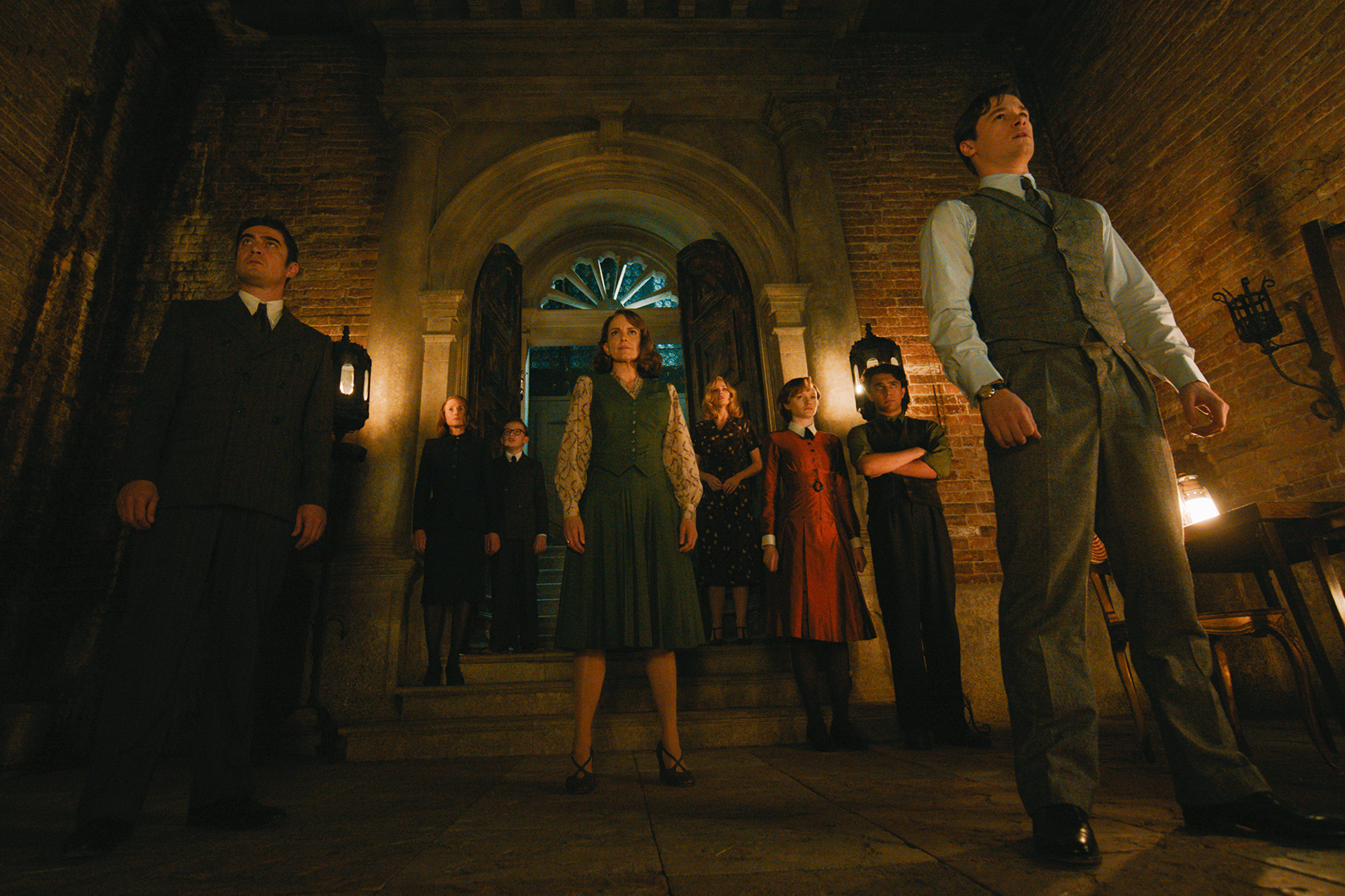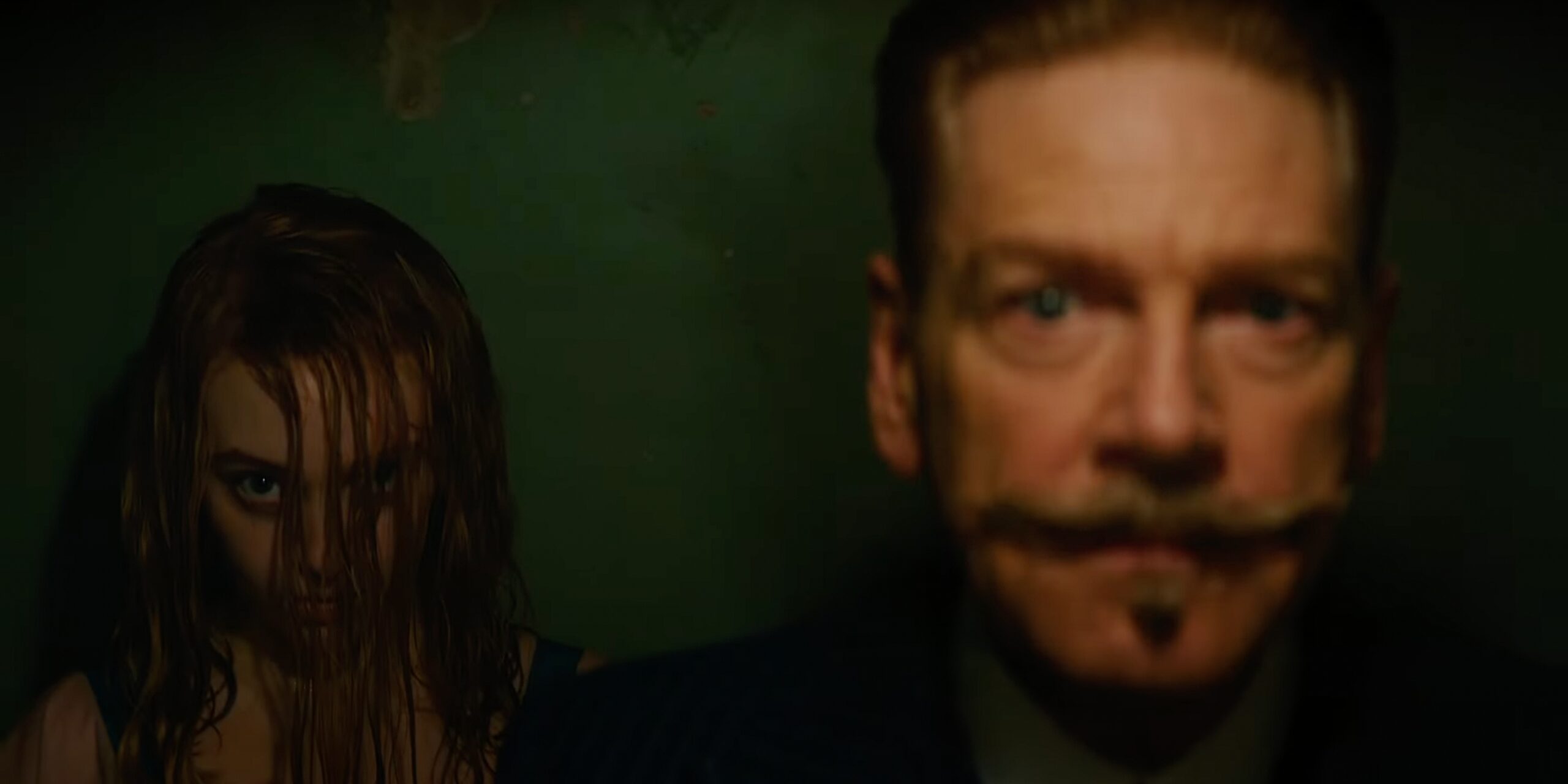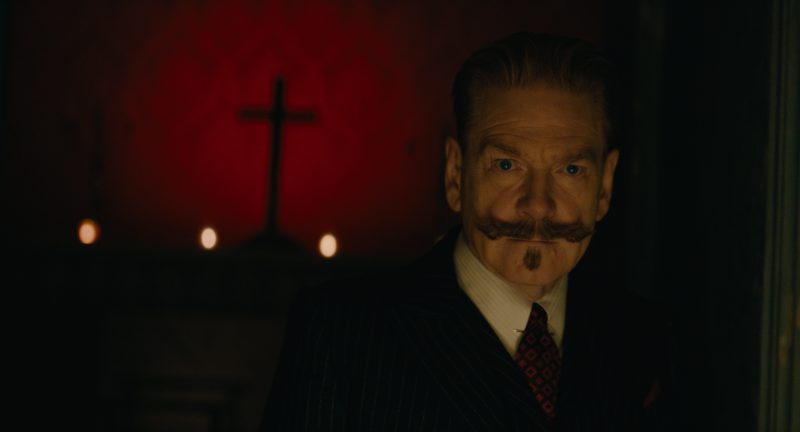Sometimes, I find myself pondering whether Hollywood writers gather one evening at a café to brainstorm shared ideas and locations for next year’s films. The fact that Hollywood’s eagerly anticipated films often revolve around the same themes and even take place in the same locations fuels this notion for me. For instance, in 2017, there were three films set in Dunkirk. The setting of “A Haunting in Venice” in Venice immediately brings to mind “Mission: Impossible – Dead Reckoning.” The fact that both films use the same canal bridge is surely an interesting coincidence. Or, the endeavor to persuade the audience that metaphysics exists through the presence of a realistic protagonist, much like what we witness in “Indiana Jones and the Dial of Destiny,” may indeed not be a mere coincidence. The universe is pregnant with miracles, and the main characters must encounter this reality years later.
Although I am not particularly well-versed in detective stories, I have witnessed all of Hercule Poirot’s adventures. Therefore, I decided to take a look at his final case. I was especially interested in seeing how a metaphysical element would be woven into the film’s narrative. “A Haunting in Venice” tells a story that fans of the genre will appreciate, offering a more dynamic and much tenser case compared to its predecessors. I believe those who can see the corners of the canvas and listen attentively to words will easily solve the mystery. It is a much more suspenseful film than Poirot’s other investigations but has a much easier resolution. Nevertheless, while wondering about tension development and where the film will connect its metaphysical suspense, the movie flows effortlessly like water.

Let’s briefly touch upon the plot… Retired Poirot, who has hung up his detective hat, is visited by Ariadne, who invites him to a séance in a cursed mansion with a famous medium. The host’s daughter had committed suicide a year ago, and according to the owners, the house is plagued by wandering ghosts. Despite his disbelief in any metaphysical beings, Poirot reluctantly attends the séance. However, following a mysterious death that occurs after the séance, Poirot locks all the doors in the house, forbidding anyone to leave. He comes out of retirement, cracking open the case of a brand new murder investigation.
Kenneth Branagh’s Poirot stories are brimming with elegant attire, opulent settings, and suspects concealing their jealousy. The director, who consistently delivers visually satisfying films, may have reached his peak in terms of visual aesthetics with his latest work, “A Haunting in Venice.” Going even further, the new filming techniques developed to fit the narrow corridors of the mansion are simply exquisite. The film masterfully utilizes elements of horror and its narrative, making it a directorial masterpiece in technical terms. When you add exceptional performances into the mix, the film transforms into an enjoyable Agatha Christie tale. However, there are minor hiccups in the story department.
Most detective stories feature experts who notice details that the audience would never catch. Poirot is one of them. I mentioned that the film’s resolution is easy. For this very reason, the film presents two mysteries to be solved. Regrettably, us viewers can’t solve the first one. The detective pieces together the details he has seen and presents us with a conclusion that leaves us saying, “Wow.” While Poirot’s first investigation is exactly like this, the second one, the main case, is not overly challenging to solve. With a single sentence uttered by Rowena Drake (Kelly Reilly), we realize who the killer is midway through the film. Although the solution is easier compared to other movies, “A Haunting in Venice” keeps you engaged until the very end with the question of whether there might actually be something metaphysical, much like “Indiana Jones.”

The biggest problem with such complex stories is that sometimes, they overcomplicate their narratives. Making one last twist at the end to surprise the audience can sometimes harm a carefully crafted story. “A Haunting in Venice” suffers from this same issue. If the film hadn’t explained where the threatening letters were coming from, I wouldn’t have questioned it as a viewer. However, revealing the sender and having that person turn out to be one of the people inside the house is a case of overcomplication, as I mentioned earlier. Unfortunately, that final twist undermines the credibility of the finely woven story. Sayin Ghosts are real would be even more realistic than the final twist. Ironically, the film doesn’t outright deny the existence of ghosts either.
In summary… “A Haunting in Venice” may be Kenneth Branagh’s most technically accomplished work, but it’s also the easiest to solve. For those who watch with keen attention and want to search for the suspect, it’s not a difficult task. Typically, I prefer to watch films without trying to piece together the puzzle. I like to enjoy the story without prematurely solving it. However, this time, for some reason, I felt compelled to watch attentively. I did enjoy the film I watched. Especially from a directorial standpoint, the film boasts exquisite scenes. With elements like the shadowy presentation of the first death, like in Universal Horror movies, wide shots in confined spaces, a POV approach to the characters, and more, the film is technically magnificent. The story is actually quite enjoyable as well, but that final twist is rather unnecessary and, unfortunately detracts from the film’s finely crafted narrative.

Cast & Crew
director: Kenneth Branagh
writers: Michael Green, Agatha Christie (based upon the novel “Hallowe’en Party” by)
starring: Kenneth Branagh, Amir El-Masry, Tina Fey, Camille Cottin, Kelly Reilly, Jude Hill, Jamie Dornan, Michelle Yeoh, Emma Laird, Ali Khan
USA – UK – ITALY | 2023 | 103 MINUTES |
